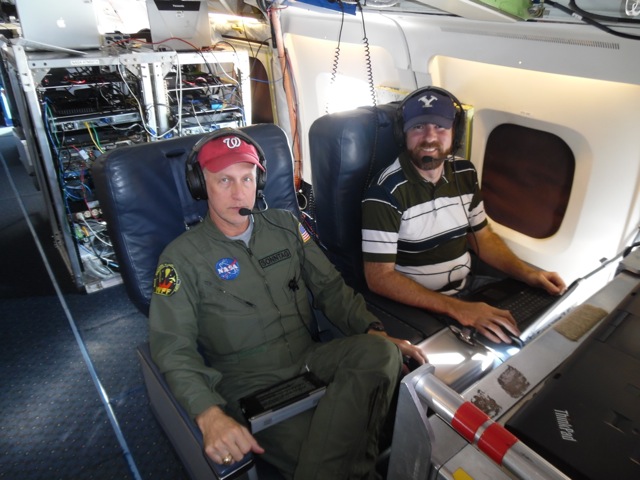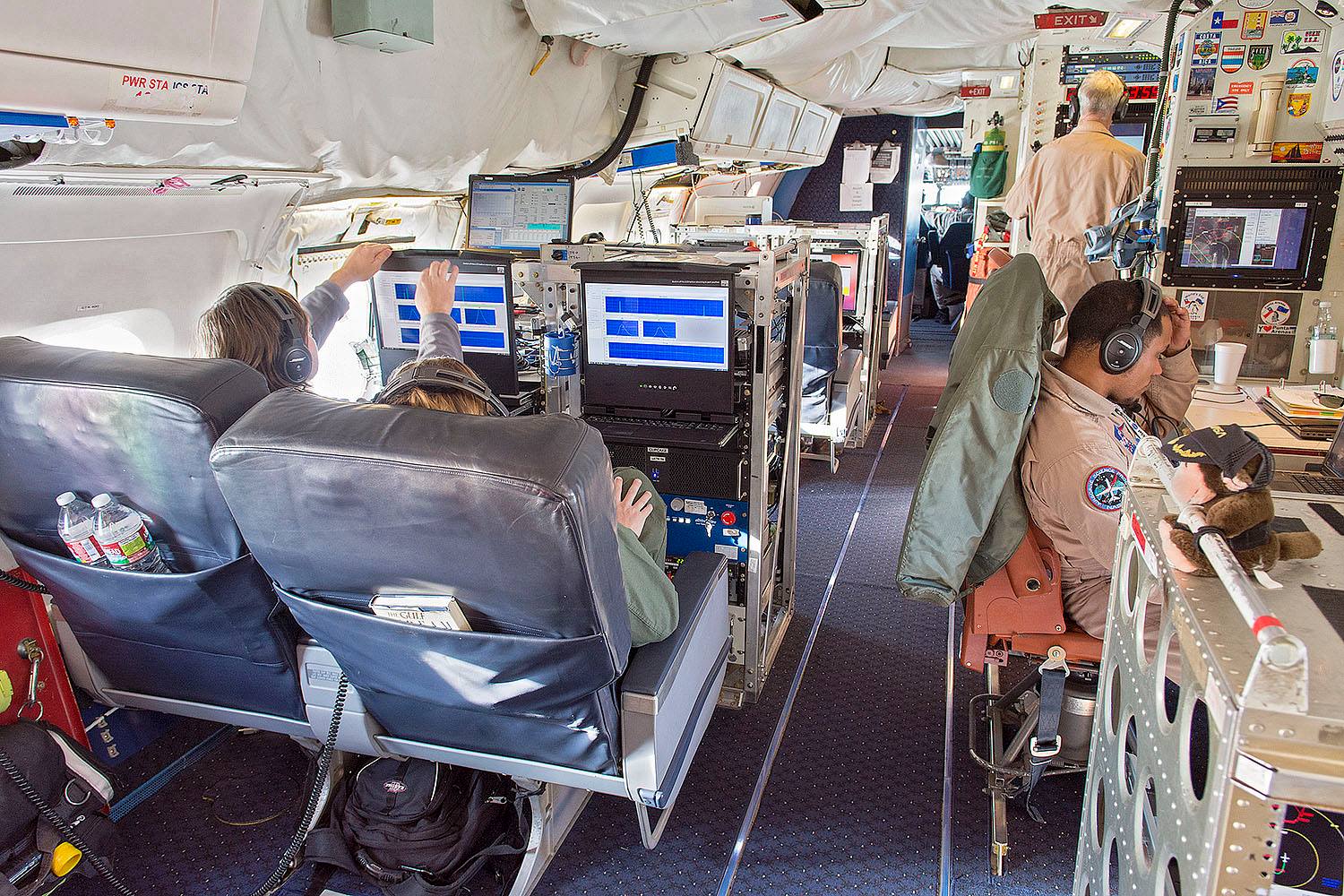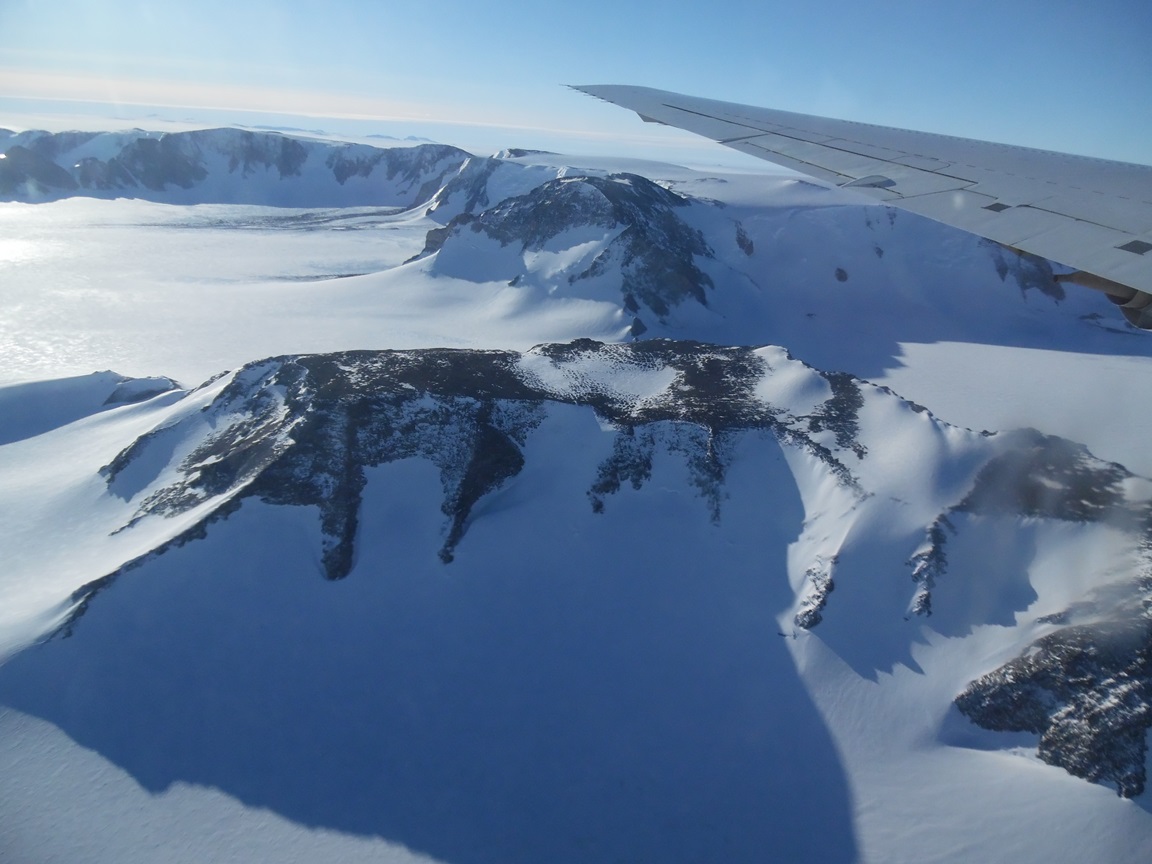Hi, my name is Craig Swenson. I’m one of the newest members of the NASA Operation IceBridge operation, having joined the Airborne Topographical Mapper (ATM) team days before being deployed to Punta Arenas, Chile to join the rest of the IceBridge team.

I have been actively involved with other NASA projects for several years, but am new to the world of cryospheric science and lidar instruments. For the past six years I was a member of the NASA Swift Science Operations Team and Ultraviolet/Optical Telescope Team while earning my Ph.D. in Astronomy and Astrophysics at the Pennsylvania State University. Working with a NASA satellite program was an exciting adventure, with each day bringing new discoveries to investigate and new problems to solve. My area of expertise involved searching for and studying flares (sudden increases in the observed brightness) found in the X-ray, ultraviolet and optical signals of a class of astrophysical objects known as gamma ray bursts. As a part of the IceBridge team I will be using the skills I developed while looking to the heavens to help determine the thickness of the ice below me.

Working on an airborne observatory can be very different from working on a satellite mission. For instance, I did not need to bring my passport with me to work every day (just in case we land in a different country), and if an instrument malfunctions while in flight, we have the chance to get replacement parts and fix it. But in many ways it is very much the same, with new and challenging problems that need to be addressed every day, constantly looking for ways to improve our methods and obtain the most accurate measurements possible. It is an exciting way to live and work.
Looking out the window of the NASA DC-8 aircraft, I have witnessed sights that were previously only available to me through nature specials on television. The vastness of the Antarctic Peninsula is something that I had not fully appreciated until now. There is a certain beauty to be found in the stark emptiness I see out of my window each day, and it is amazing to hear from my co-workers how much the ice has changed and receded in the few years they have been collecting data here.

I feel privileged to have the opportunity to work on such an important project. Operation IceBridge is instrumental in collecting data and providing answers that are pertinent to our everyday lives and to our future. Understanding the continually changing nature of our planet, and what influence we as humans are playing in the change, is something that affects every man, woman and child on earth and it brings me a sense of accomplishment and wonder to be part of a NASA mission that is addressing such pressing issues.
This entry originally appeared on the NASA Earth Observatory blog Notes from the Field.
http://earthobservatory.nasa.gov/blogs/fromthefield/2014/12/02/from-gamma-rays-to-glaciers/
